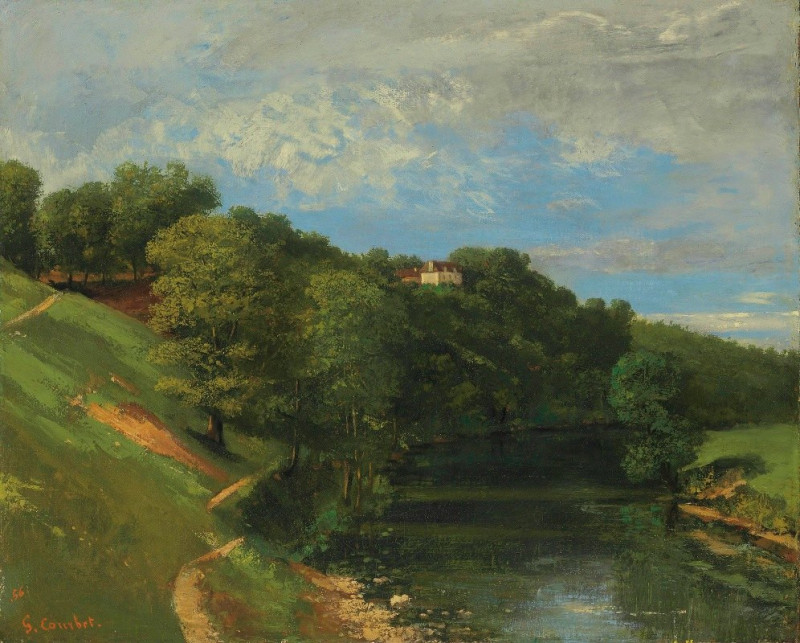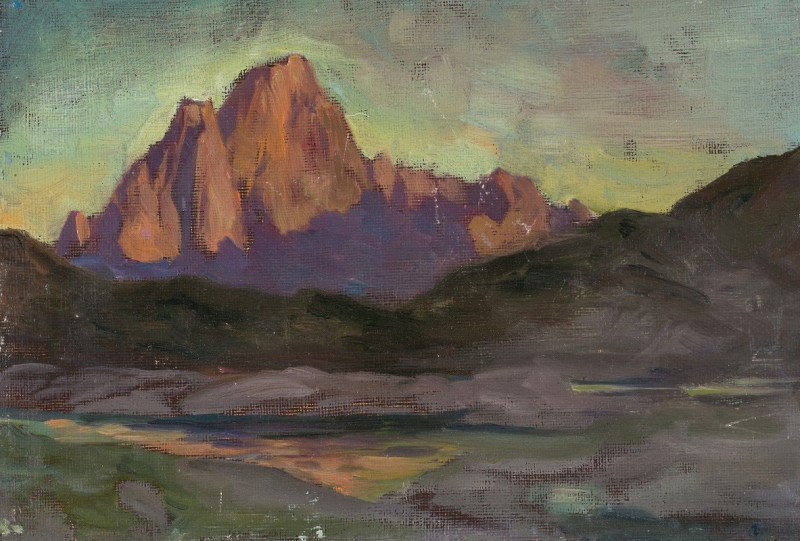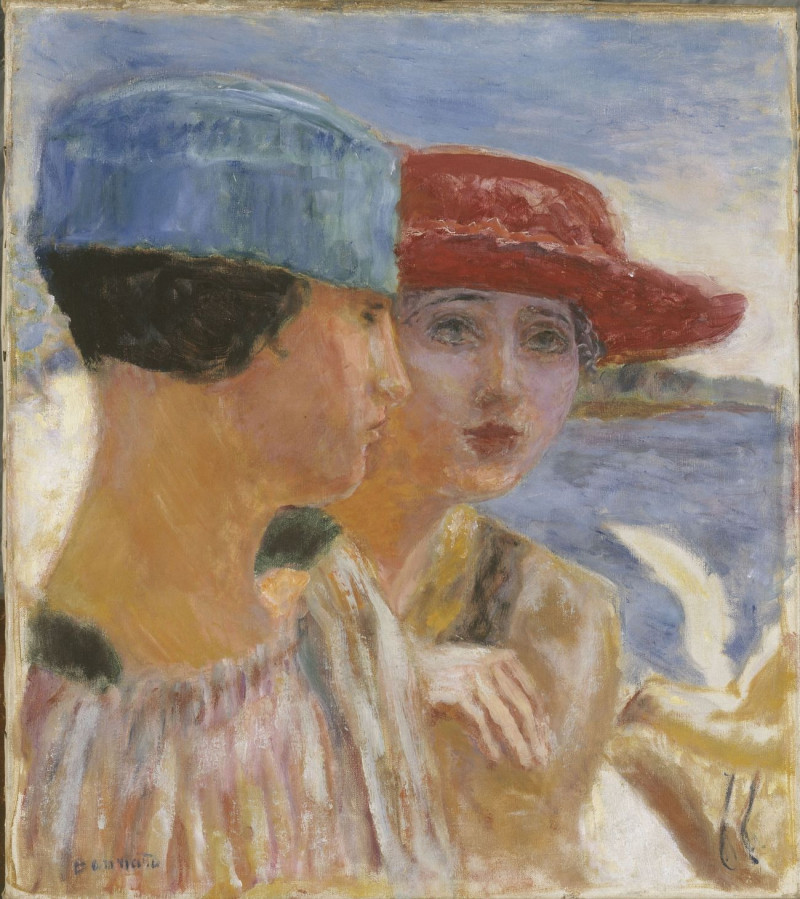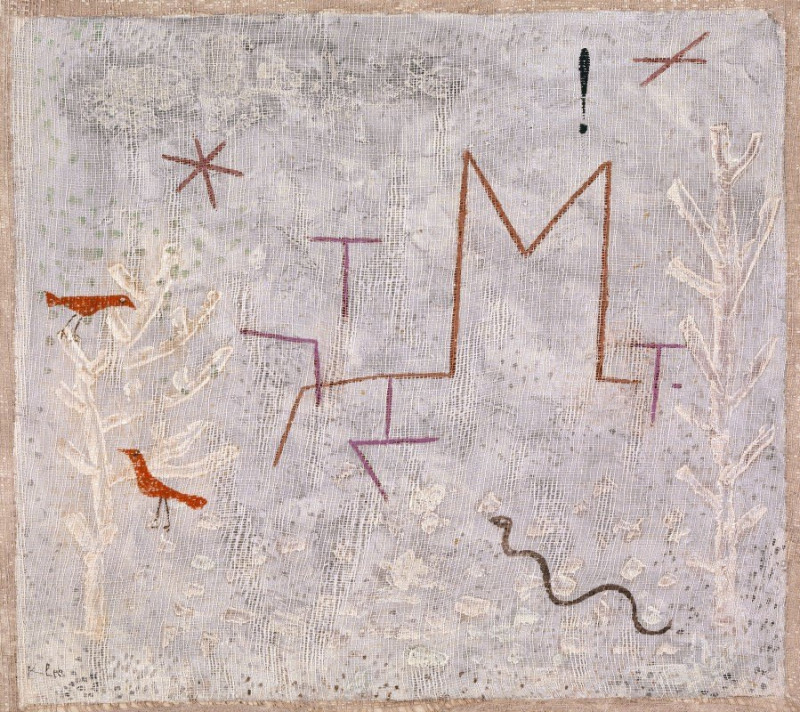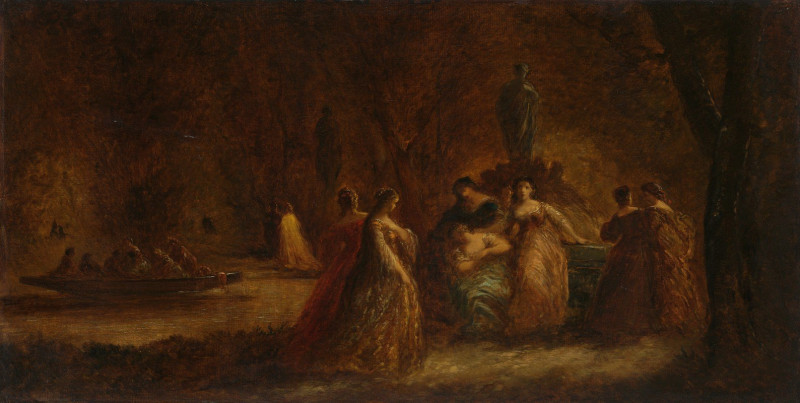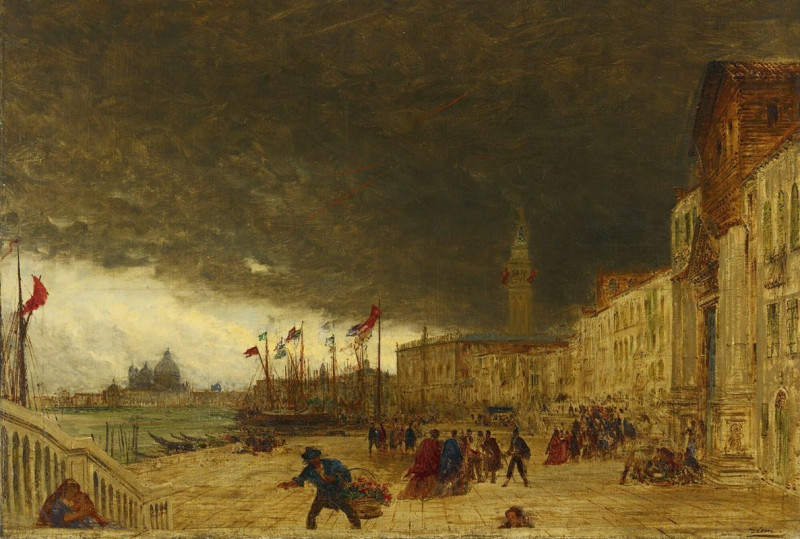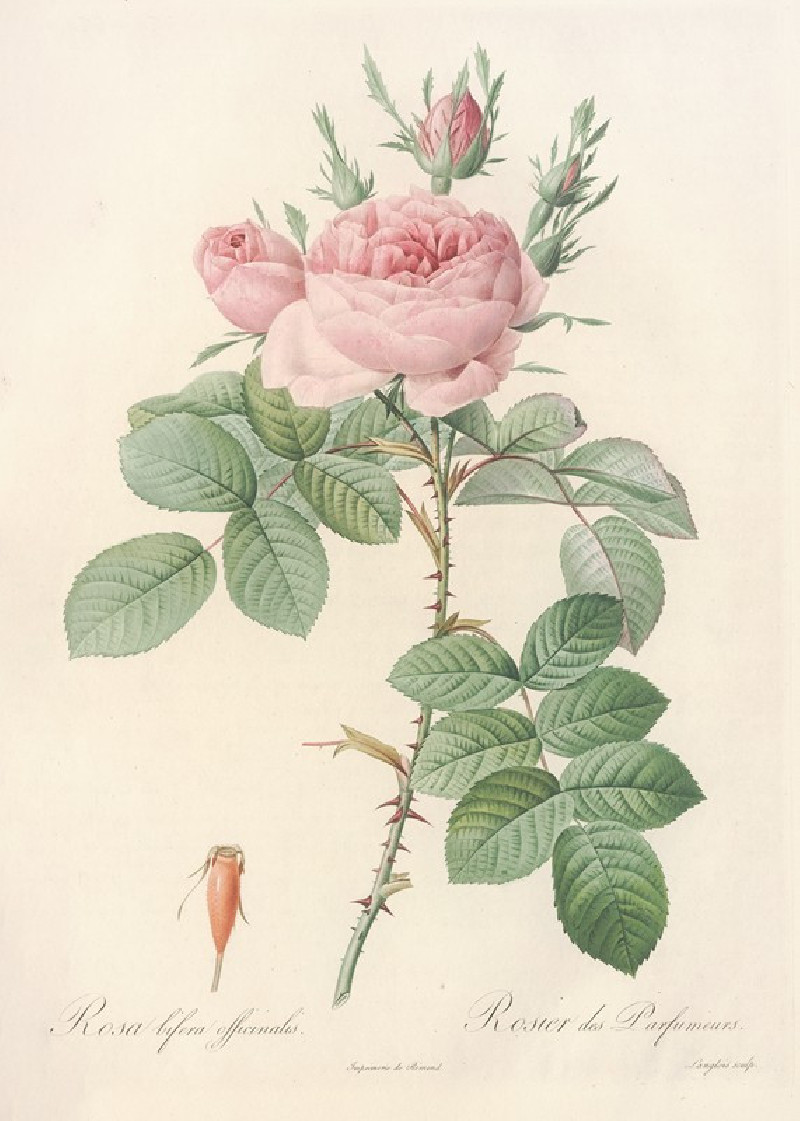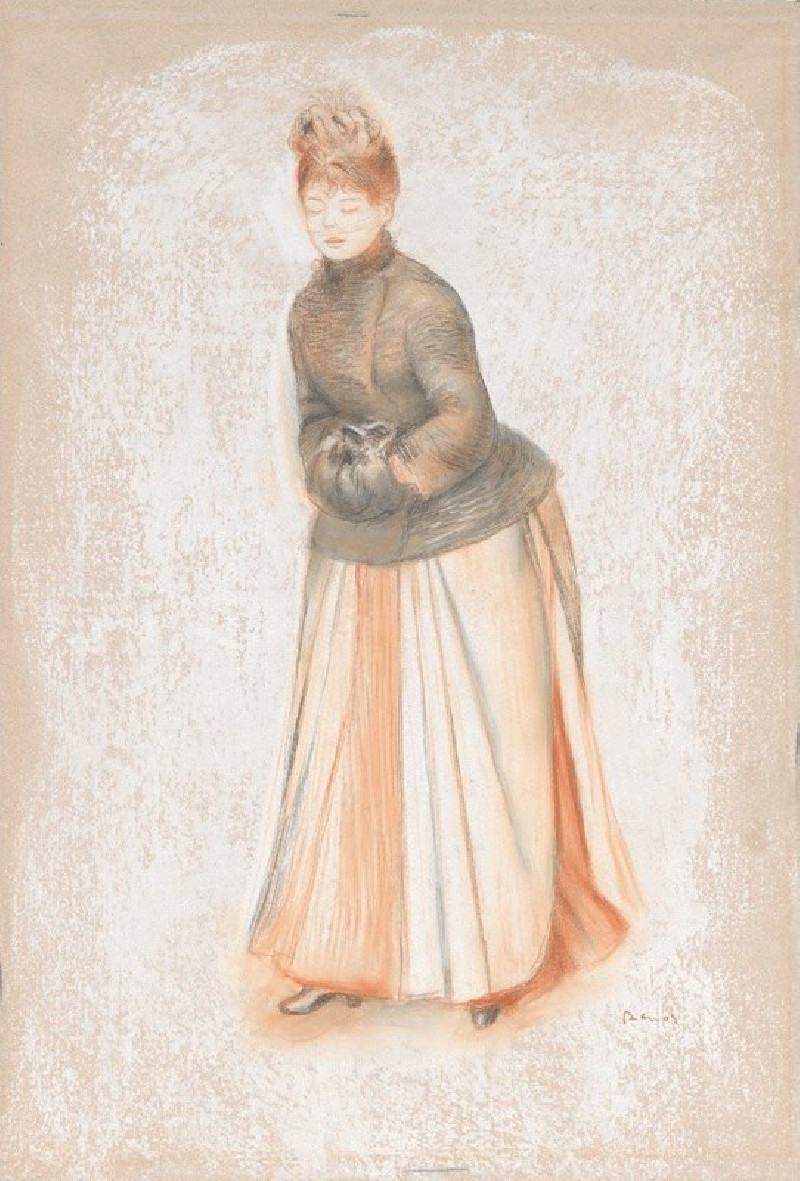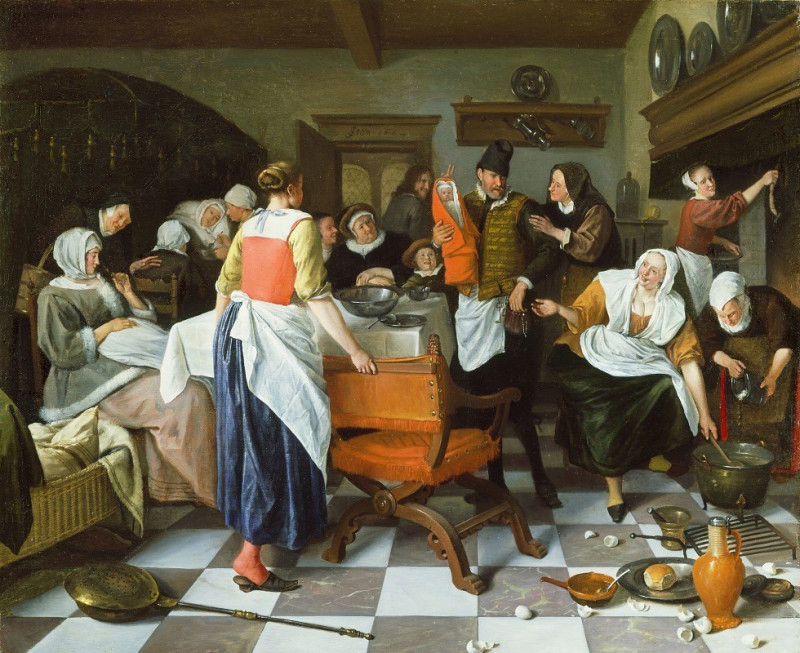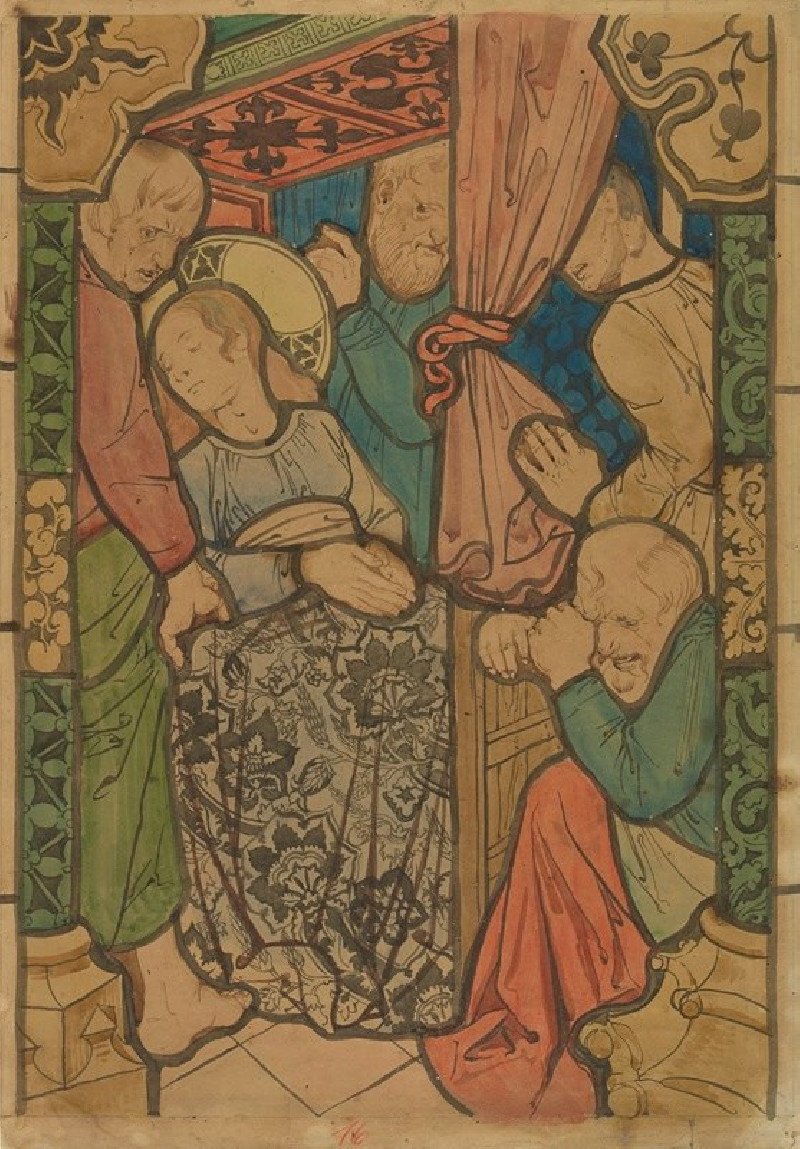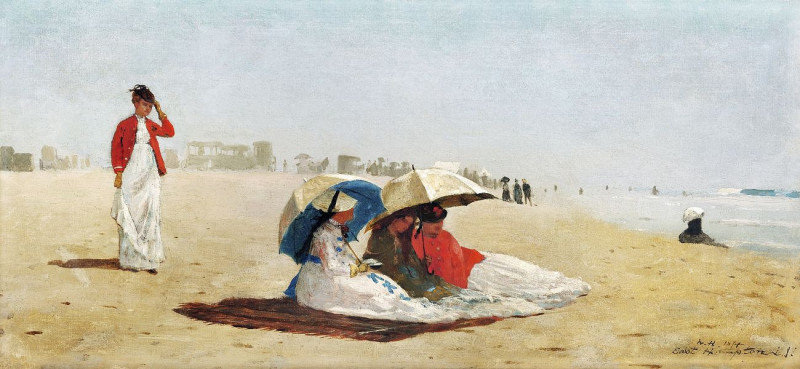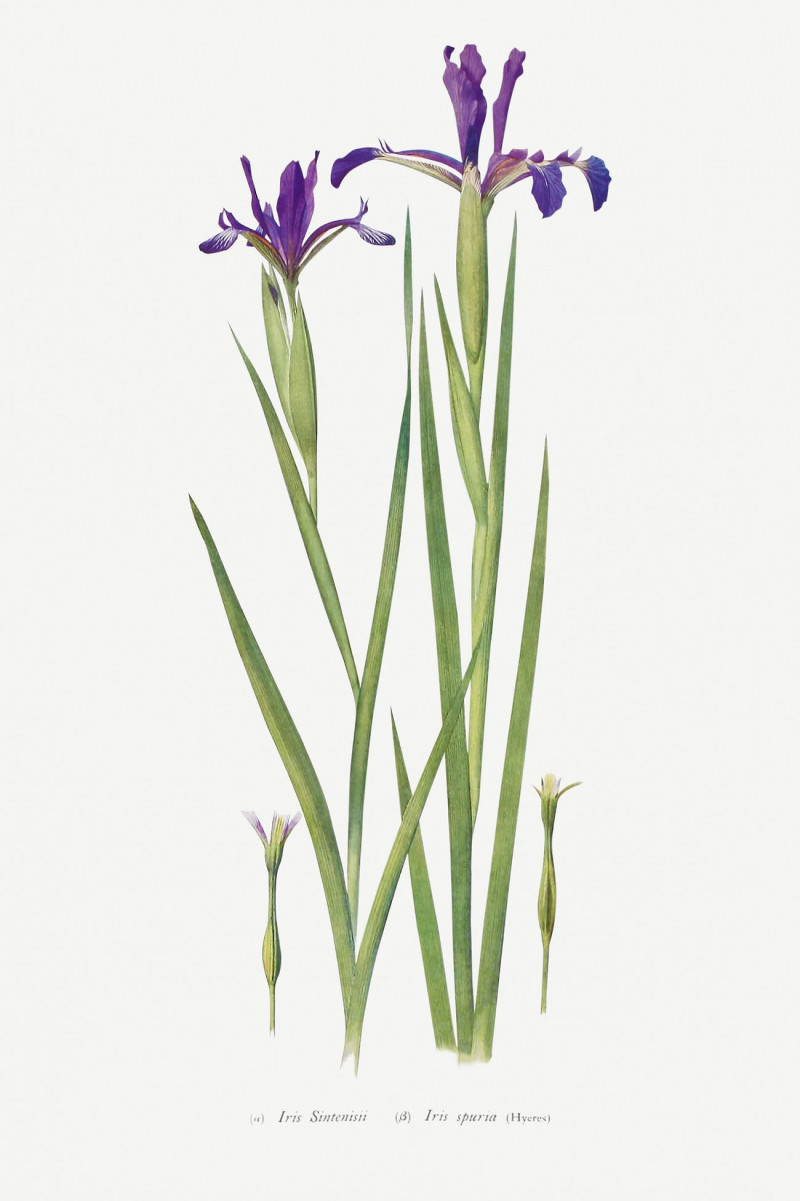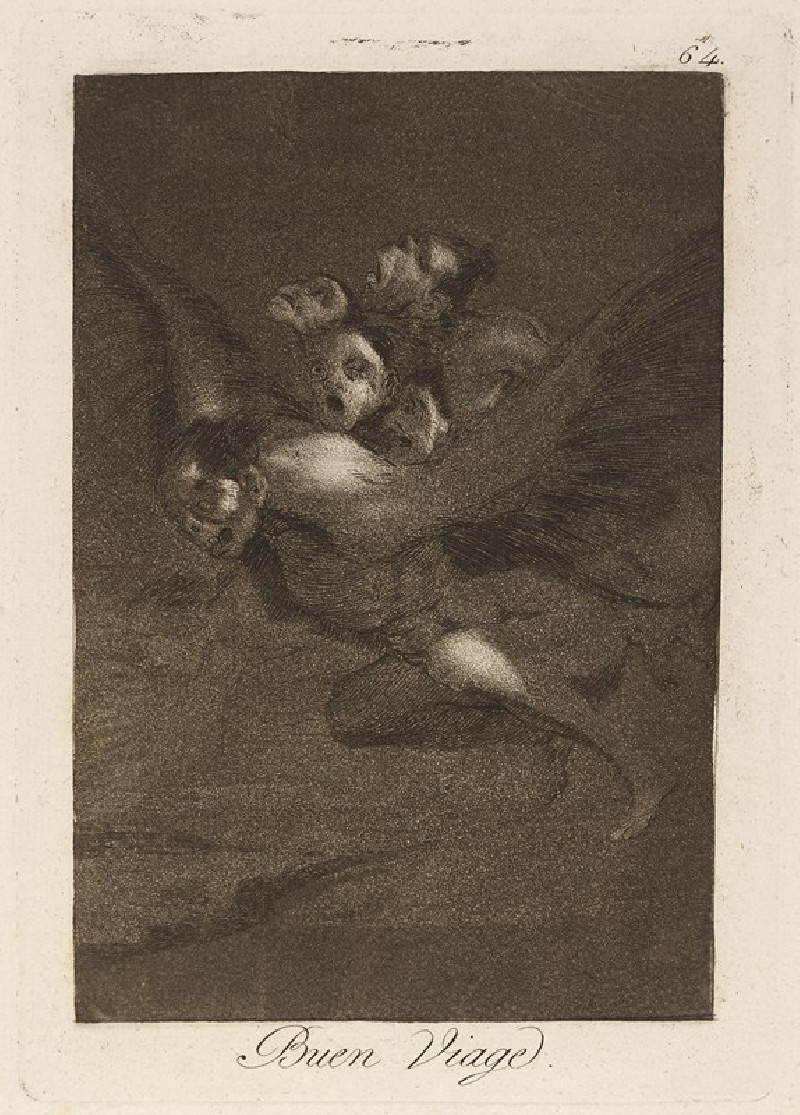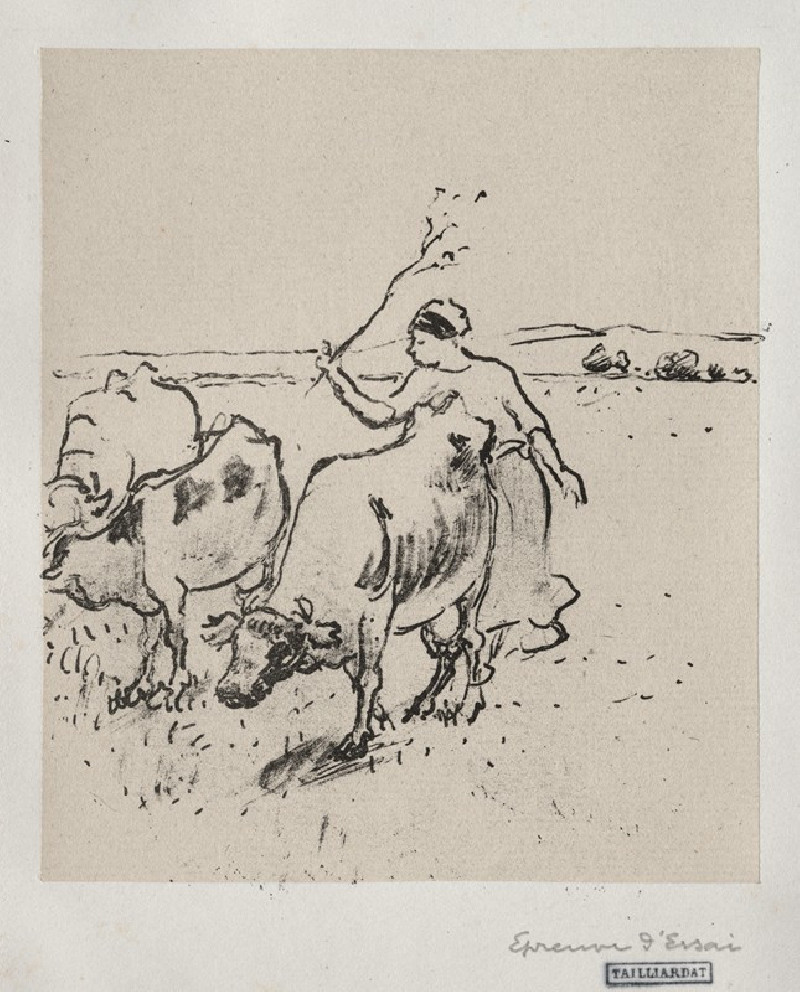Ludwig Schames, Frankfurt am Main (1919)
Technique: Giclée quality print
Recommended by our customers
More about this artwork
Welcome to an exploration of "Ludwig Schames, Frankfurt am Main (1919)," a remarkable woodcut creation by the German Expressionist artist Ernst Ludwig Kirchner. This piece is a fascinating embodiment of the intensity and dynamism that characterized the Expressionist movement early in the 20th century.In this woodcut, Kirchner utilizes sharp angular lines and a bold, almost jarring contrast between black and white to convey a sense of urgency and profound emotion. The text embedded within the image— "Ludwig Schames, Frankfurt am Main Bilder von EL Kirchner" (Pictures by EL Kirchner)— suggests that the work was likely used as an advertisement or a poster for an art exhibition featuring Kirchner's work, hosted by Ludwig Schames, an art dealer in Frankfurt at the time.The composition is densely packed with swirling forms and fragmented figures, demonstrating Kirchner's ability to abstract elements of the real world into a tumult of emotional expressions. Faces and eyes seem to peer out from chaotic lines, possibly reflecting the anxiety of the era or the personal turmoil of the artist, who was deeply affected by the events of World War I and its aftermath."Ludwig Schames, Frankfurt am Main (1919)" is not just a visual statement but a historical artifact that gives insight into the interplay between art and commerce, and the role of art dealers in the promotion of avant-garde art movements.
Delivery
Returns
Ernst Ludwig Kirchner (1880–1938) was one of the most important German Expressionist painters. He was a co-founder of Die Brücke, a group of German expressionist artists formed in Dresden in 1905. Die Brücke and Kirchner took inspiration from Vincent Van Gogh and Edvard Munch, as well as African and Oceanic art. They used woodblock printing as a medium to showcase their signature style: flat, unrealistic images with vivid colors. The recurring themes in Kirchner's artworks included exotic cultures, faraway landscapes, self-portraits, dancers and Berlin street life. His paintings and prints effectively portrayed non-European cultures despite the fact that he never traveled outside of Europe.
































